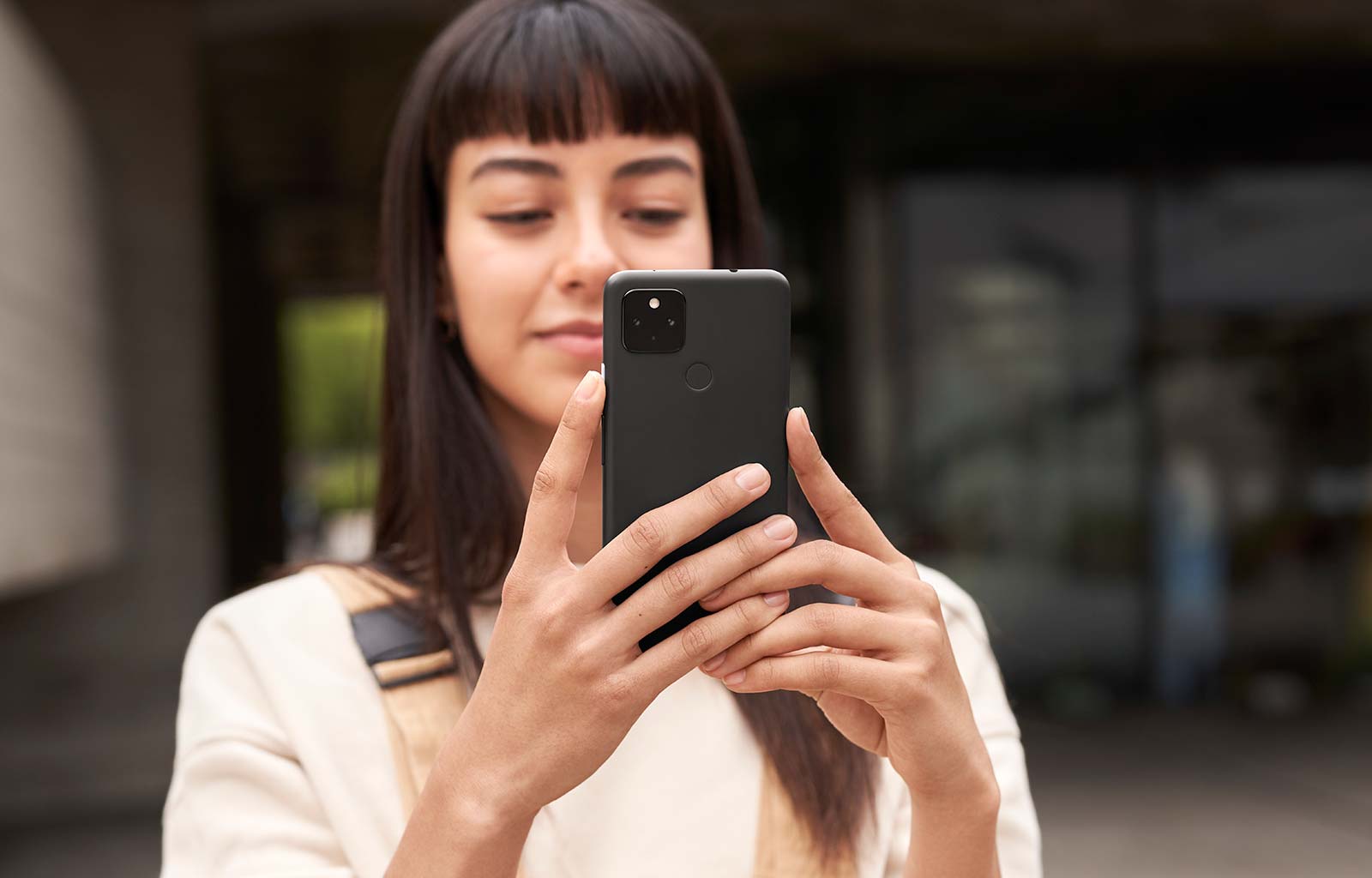How is 5G becoming more affordable, and what can you do with all that speed? From Australia’s telcos to what’s new from Google, this week is all about 5G for all, and all in five.
Subscribe to The Wrap at Apple Podcasts…Transcript
For the beginning of October 2020, you’re tuned into The Wrap, Australia’s fastest technology roundup and while it’s been a crazy year, we’re finally seeing more support for that whole 5G thing. It’s happening everywhere, whether you’re out and about and at home.
It can seem confusing, and we’ve had people ask why we even need it, but the simple reality is it gives us more speed to work with, and that’s always good when you’re talking about mobile connectivity.
More speed has the potential to improve the applications we use, whether it’s through video chat, instant web connectivity, or even talking to your doctor and sending advanced information about your health so they can see you just as if you’re there.
5G is one of the ways we do this, and since it kicked off properly last year, it’s been trickling down into more devices while 5G itself made its way to more places.
Telstra has chimed in this week saying that 5G is now accessible in over 1000 suburbs in Australia, which is maybe around a quarter of the suburbs in the country, but it’s a start. It comes the same week Telstra managed to hit a blistering 4 gigabits in a 5G test, and that its 5G technology would be coming home.
Now Telstra’s 5G at home connection won’t hit those 4 gigabit speeds just yet, and the connection will more likely range between 50 and 300, but that’s around what many people use the NBN at — 50 — and then quite a bit higher.
5G home internet will likely perform very differently from fixed broadband, thanks to 5G being wireless and affected by range and traffic at the time. It means the 5G speeds you might be able to hit won’t run at sustained speeds like the NBN, so a 5G connection might hit 100 megabits at times, higher and lower, while a 100 megabit NBN connection will try to hit as close to 100 at all times, typically around 80 to 90 megabits per second.
And megabits aren’t megabytes, by the way. That can be confusing. If you want the megabyte per second speed, divide by eight.
Every major telco is jumping into 5G, regardless of who you pick. In Australia, that includes Telstra, Optus, and Vodafone, but you can expect the mobile operators to get a piece of that pie later when the big ones expand.
Optus has given us a taste of how 5G can change life during the pandemic, testing a new style of the office using virtual reality headsets to connect workers in a virtual office. Because going into work these days isn’t always the best approach.
But most 5G appears to be for the mobile, and there is quite a bit happening in that space this week, and you can thank Google.
Google launched a few products this week at its own virtual office of sorts, its Virtual Lunch Night In, where it showed some new gear, including a wireless Nest Audio speaker, a new take on its Chromecast media dongle complete with the Google TV operating system and remote, and then two new phones, both of which are 5G.
The maker of Android will have the Pixel 5G, and the Pixel 4a with 5G — and yep, that’s its actual name.
The Pixel 5 is the new flagship for Google, and it kinda does a 180 with last year’s Pixel 4 flagship, undoing some of what Google tried there.
Gone are the face detection sensor and the Soli touch-less controls, plus the telephoto lens is out. In its place, you’ll find a return of the tried and trusted fingerprint sensor and a 6 inch screen, with no option for the standard or Pixel XL. It’s just one this year. There’s also no telephoto lens this time, only a standard 12 megapixel wide and a 16 megapixel ultra-wide, but Google is confident it can get portrait photos working at night, which is a bit of a bold claim.
Its other major point is that the Pixel 5 is a 5G phone, which means it can latch onto the 5G networks in Australia and get speeds as high as two gigabits, and for under a thousand. Just under, actually, at $999, but it’s also not the only phone Google has that can do this.
Google also has the Pixel 4a with 5G, and it’s like the excellent Pixel 4a we checked out weeks ago, but it has 5G. It also has a bigger screen — it’s 6.2 inches, so more like a Pixel XL — and comes with the same chip and cameras as the Pixel 5.
The Pixel 4a with 5G is also under a grand, but can be found for $799, almost making it the more logical of Google’s 5G phones, because if you want 5G and a great camera, but don’t care about wireless charging or water resistance, the Pixel 4a with 5G is basically the Pixel 5 for less.
Perhaps the most confusing thing is just how much is coming out with similar hardware. There’s the Moto Edge, the Nokia 8.3, LG Velvet, the Oppo Reno 4… these all have the same chips, and they’re all under a grand. It’ll definitely come down to how companies make them work, so the next few months are going to be very interesting for affordable 5G.
For now, you’ve been listening to The Wrap, Australia’s fastest technology roundup. We’ll be back next week for more tech in five, but until then, have a great week. Stay safe, stay sane, and take care.





